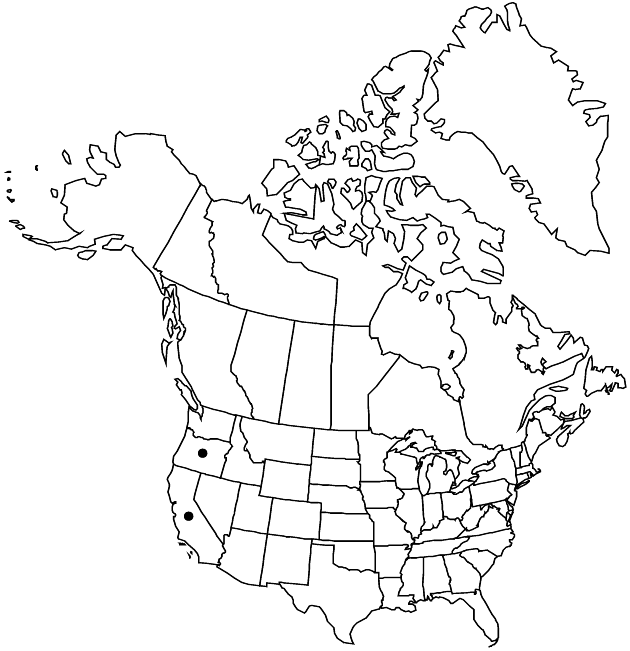Crepis monticola
Contr. U.S. Natl. Herb. 3: 562, plate 22. 1896.
Perennials, 10–35 cm (taproots vertical, caudices simple or branched). Stems 1–3, erect (reddish brown), stout, branched proximally, densely setose and stipitate-glandular (setae 1–3 mm). Leaves basal and cauline; petiolate; blades elliptic or oblanceolate, 10–25 × 2–4 cm, margins pinnately lobed or sharply serrate (lobes lanceolate, acuminate), apices acute, faces villous or coarsely setose, stipitate-glandular (cauline 2–3, bases clasping, margins dentate or serrate). Heads 2–20, in loose cymiform arrays. Calyculi of 3–10, narrowly lanceolate to linear, densely setose and stipitate-glandular bractlets 3–5 mm. Involucres cylindro-campanulate, 14–24 × 5–15 mm. Phyllaries 7–12, lanceolate, 14–20 mm (margins yellowish, not scarious), apices long-acuminate, abaxial faces densely and coarsely setose, adaxial glabrous or with fine, appressed, yellowish hairs. Florets 16–20; corollas yellow, 16–21 mm. Cypselae reddish brown, fusiform, 5.5–9 mm, apices narrowed (not beaked), ribs 13; pappi creamy white, 9–13 mm (outer bristles shorter and finer). 2n = 22, 33, 44, 55, 77, 88.
Phenology: Flowering May–Jul.
Habitat: Coniferous forests, thickets, open woods, valleys and foothills, dry gravelly open areas
Elevation: 700–2400 m
Discussion
Crepis monticola is recognized by the densely stipitate-glandular stems and leaves, and long-acuminate phyllaries.
Selected References
None.
